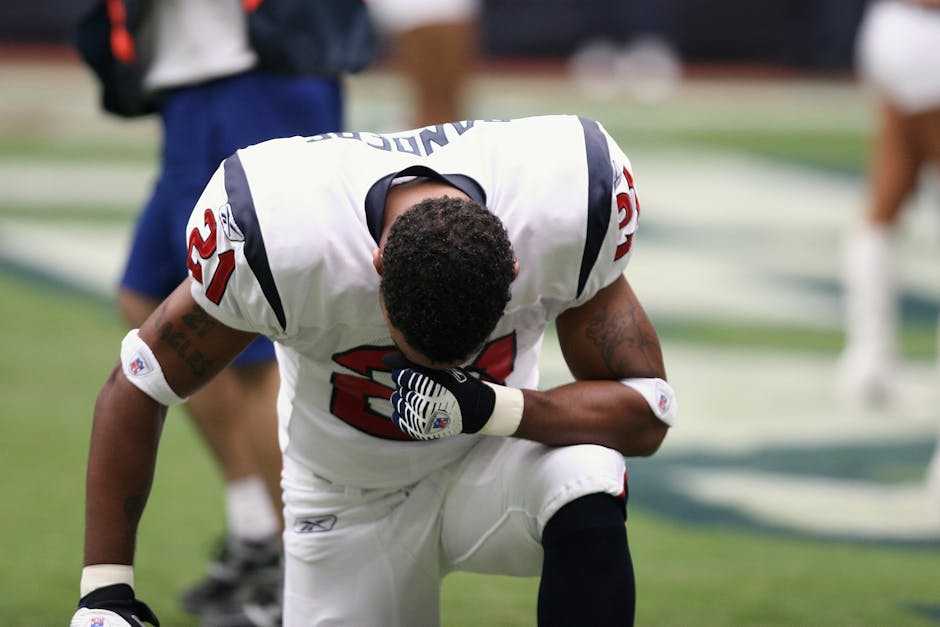Big Names on the Sidelines
It’s been a brutal stretch for NFL rosters. Big names are falling fast quarterbacks, top tier defensive players, and Pro Bowl talent alike. We’re not talking minor hamstring tweaks either. These are multi week, sometimes season ending injuries, and they’re already reshaping how the season’s playing out.
From the AFC down to the NFC, the impact is loud. With quarterbacks like Aaron Rodgers and Deshaun Watson sidelined, entire offensive systems are being rebuilt on the fly. Defenses are scrambling too missing edge rushers and secondary vets means more blown coverages and high scoring games. That kind of instability is tilting momentum week by week.
Playoff hopefuls suddenly look shaky. Underdogs are getting their shot. And fans are already bracing for a postseason without some of the league’s biggest stars. The ripple effect is only just beginning.
For more detailed coverage on who’s out and what it means, check out NFL Week 5 injuries.
Team Momentum Has Taken a Hit
When elite players go down, the ripple effects show up fast. The Jets lost Aaron Rodgers in Week 1 and were instantly forced to pivot into survival mode. Zach Wilson stepped in, but the offense sputtered. What was billed as a playoff run now feels more like damage control. The defense is still tough, but without a field general, the momentum’s gone.
The Chargers aren’t faring much better. Justin Herbert’s protection has been inconsistent, and injuries in the secondary have exposed major coverage problems. They’re adjusting via short yardage schemes and leaning more on Austin Ekeler when healthy, but it’s clear they’re missing firepower on both ends.
As for the Vikings, losing Kirk Cousins put a brake on an offense already walking a tightrope. Josh Dobbs showed flashes, filling in with grit, but Minnesota’s playbook isn’t designed for quick transitions. Losing stars mid season means rewiring the entire strategy and it’s not seamless.
Across the board, backup QBs are being thrown into starter roles, often with less prep than they need. Teams are simplifying playbooks, banking on defensive stops, and hoping special teams can give them edges. But in a league built around stars, the absence of just one can shift a whole season.
Playoff Outlook Is More Fragile Than Ever

The Wild Card picture is getting messier by the week, and a lot of that chaos ties back to rosters that can’t stay healthy. Teams once slotted as postseason locks are slipping thanks to recurring injuries at key positions. Meanwhile, franchises with stable, healthier depth charts are climbing some quietly, some fast.
The margin for error is narrowing, and coaches are scrambling to adapt. It’s no longer about having stars; it’s about whether those stars can actually stay on the field. Some staff are rethinking their entire depth chart approach, trying to preserve starters while giving second string talent more live reps earlier in the season. Others are shifting toward load management tactics typically seen in the NBA.
Bottom line: durability is becoming a strategic asset. And with a crowded, unstable Wild Card race across both conferences, the teams that manage injuries best could be the ones still standing in January.
Depth Is the New MVP
In a season where star players are dropping at an unprecedented rate, depth across the roster has become a game changer. Teams that once relied solely on elite starters are now leaning into their bench strength and it’s paying off.
Second String Players Stepping Into the Spotlight
Many overlooked players are rising to the occasion. With more snaps and heightened responsibilities, second stringers are proving they can deliver in high pressure situations.
Backup QBs are emerging as key playmakers
Defensive substitutes are filling critical gaps
Special teams contributors are swinging momentum in close games
These breakout performances aren’t just stop gap solutions they’re driving wins and boosting playoff potential.
Teams Reaping the Benefits of Roster Depth
Franchises that invested early in strong developmental pipelines are now ahead:
Detroit Lions have seen unexpected impact from rotational defenders
Cleveland Browns are leaning on their defensive depth to stay in the hunt
San Francisco 49ers continue using plug and play talent to stay consistent at multiple positions
Rather than panic, these teams are adapting and thriving with what they have.
Injury Management is Now Part of the Game Plan
In 2024, managing player health isn’t just a medical issue it’s strategic. Teams are approaching injury risk the same way they would a red zone drive: carefully, tactically, and with long term implications in mind.
Adjusting snap counts for key starters
Utilizing rotation systems to minimize wear and tear
Prioritizing recovery windows over rushing returns
Coaches are realizing that a healthy roster in January is more valuable than overworking stars in October. In the modern NFL, survival requires flexibility and roster depth is the best insurance policy available.
What to Expect Moving Forward
As the playoffs edge closer, teams are dialing back the risk. Star players with even minor tweaks are seeing limited reps or full rest days. Coaches aren’t just thinking about the next game anymore, they’re thinking weeks ahead. A healthy roster in January is starting to look more valuable than a home field seed.
This caution is already rippling out. Fantasy owners are feeling the sting as top shelf starters see fewer snaps, making Sunday lineups tougher to predict. Bettors, too, are adjusting. Point spreads and over/unders are shifting in response to last minute injury reports and conservative rotations.
The weeks ahead will be a balancing act: protect your talent without losing your edge. For deeper insights into who’s out, who might return, and what it all means, check out NFL Week 5 injuries.
Bottom Line
Injuries aren’t staying in the background this season they’re impacting everything. The playoff picture isn’t just about schemes or standout performances anymore. It’s about who can make it to January without running out of healthy starters. Enough stars are sidelined that entire team identities are shifting midseason, with backups thrown into the spotlight and game plans redrawn week to week.
Durability is emerging as the silent X factor. Teams that stay healthy or manage their rosters smartly enough to weather the hits hold the edge. Talent still matters, but it’s not outrunning the injury report. In 2023, survival is strategy.


 Founder & Chief Editor
Elaine Griffindorry is the visionary founder and chief editor of Sprint Scoop News. With over 15 years of experience in sports journalism, Elaine has a passion for breaking news, in-depth sports analysis, and insightful coverage of the business side of sports. She launched Sprint Scoop News to offer a fresh perspective on the world of sports, combining cutting-edge reporting with expert commentary on health, fitness, and esports. Elaine’s leadership ensures the site remains a trusted source for sports fans and professionals alike.
Founder & Chief Editor
Elaine Griffindorry is the visionary founder and chief editor of Sprint Scoop News. With over 15 years of experience in sports journalism, Elaine has a passion for breaking news, in-depth sports analysis, and insightful coverage of the business side of sports. She launched Sprint Scoop News to offer a fresh perspective on the world of sports, combining cutting-edge reporting with expert commentary on health, fitness, and esports. Elaine’s leadership ensures the site remains a trusted source for sports fans and professionals alike.
